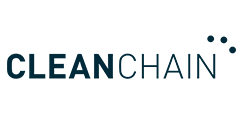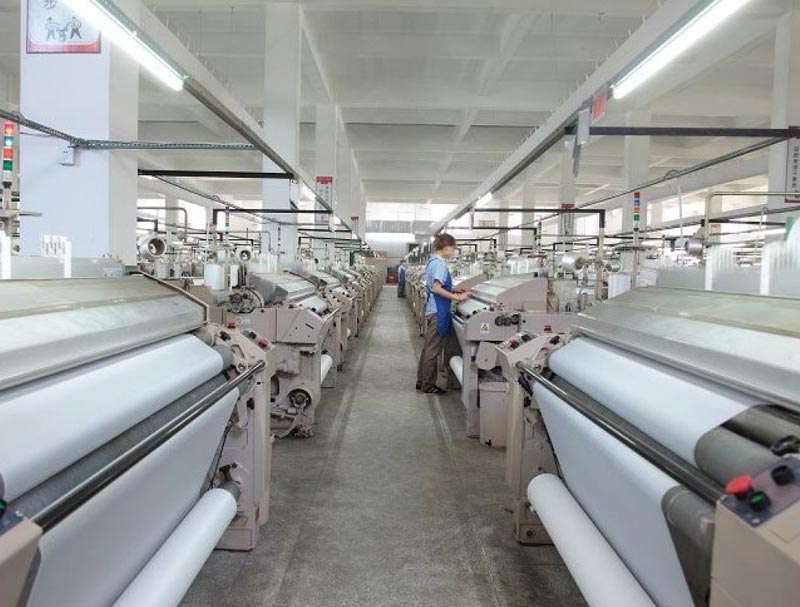6 Ways Environmental Due Diligence Boosts Efficiency for Owner-Operators
Article
A review of how environmental due diligence enhances operational and sustainable efficiencies for owner-operators.
|
How to enhance operational and sustainability efficiency by utilizing the following: |
Introduction
Do you find yourself consistently running into environmental hurdles surrounding your commercial real estate property? Are those hurdles causing disruptions to your day-to-day operations or preventing ongoing environmental or sustainability efforts? As an owner-operator of commercial real estate, it’s important to stay ahead of the potential environmental liabilities. So how do you reduce hurdles, enhance operational efficiencies, and continue moving toward sustainability? Environmental Due Diligence (EDD) offers proactive services to help search, identify, assess, and manage risks efficiently, ensuring your operations run smoothly and your properties comply with regulations. Proper use of EDD can safeguard operational efficiencies, reduce liability, and assist owners with regulatory compliance. Through practical scenario examples, you’ll see how EDD not only mitigates risks but also strategically positions your properties for long-term success and sustainability. Read how EDD can transform potential environmental liabilities into opportunities for enhancing your operational practices.
1. Risk Management
Simply put, EDD is a way of environmental risk management, allowing owners-operators to identify and mitigate potential issues associated with environmental contaminants and legal non-compliance risks before they escalate into significant operational burdens. Environmental professionals (EP) can conduct thorough evaluations such as records search and risk assessments (RSRA) and transaction screens or provide more detailed environmental assessments such as Phase I Site Assessments (ESAs). When performed, a detailed report is generated providing a comprehensive understanding of surrounding potential environmental liabilities as well as the property’s current condition that helps stakeholders make more informed decisions, reduce costs, and maintain compliance.
Consider, for example, a commercial real estate operator who discovers, through an EP conducted ESA, that an acquired property previously hosted an auto repair shop, which used various chemicals. The operator uses EDD to evaluate potential soil contamination. By identifying this risk early, they prevent significant remediation costs that would have emerged post-purchase.
2. Strategic Planning and Remediation
Similar to risk management, EDD gives owners-operators critical insights that guide land use decisions and infrastructure development, ensuring environmental risks are managed from the start. This not only secures the property’s suitability for future projects but also allows for better informed decision-making, helping mitigate potential remediation costs and operational disruptions down the line. This enhances long-term operational efficiencies and market value.
Let’s say an owner plans to develop a mixed-use space on a recently purchased lot. An EP performing proper due diligence has revealed low risk of flooding but advises on sustainable drainage systems to manage future risks. Informed by this, the owner can now strategize and create plans to integrate green infrastructure, enhancing the project’s appeal and creating further environmental compliance.
3. Enhancing Transaction Efficiency
EDD not only serves an owner-operator in ongoing risk management and strategic planning but also builds a foundation of trust and reliability between all parties involved in the sale or transaction of a property, reducing the likelihood of disputes and facilitating faster closing times. Thorough environmental assessments provide buyers and sellers with a clearer picture of a property’s condition, enabling them to proceed with greater confidence and efficiency. Being prepared as an owner-operator significantly reduces the time spent addressing last-minute environmental concerns, which often cause delays and unforeseen costs. This transparency can also lead to better financing options, as lenders are more likely to offer favorable terms when environmental risks are well-managed and documented.
For example, during the acquisition of commercial property, such as a warehouse, EDD is conducted early, revealing asbestos. Performing due diligence allows the owner to locate, evaluate, and resolve the issue before entering the transaction process. From a buyer’s perspective, discovering this issue during proper EDD helps leverage this information to negotiate a lower price, reflecting the cost of asbestos removal. Both scenarios allow for a smoother transaction of the property with full transparency.
EDD reduces due diligence contingencies and facilitates more transparent negotiations. Early identification of environmental risks through EDD allows for better management of these issues, speeding up the transaction process and building trust among all involved.
4. Compliance with Environmental Regulations
Maintaining compliance with environmental laws or avoiding legal penalties that can result from non-compliance can disrupt operations or transactions if not performed accurately. Regulatory compliance not only protects against financial loss but also helps bolster a property’s reputation and marketability, as increasingly environmentally conscious tenants and investors favor properties that adhere to regulatory standards.
A property operator facing new regulations regarding stormwater runoff uses EDD findings to proactively install a permeable pavement system. This not only ensures compliance but also enhances the property’s sustainability credentials, appealing to eco-conscious tenants or future investors.
By maintaining high standards of environmental integrity, the property operator enhances their credibility in the market, making their properties more desirable and competitive. This commitment to compliance additionally helps forge stronger relationships with regulatory bodies, ensuring efficient operations and creating a foundation for easier approvals of future developments or enhancements.
5. Value Enhancement Through Liability Mitigation
Addressing environmental liabilities early and often enhances the value of commercial properties. Mitigation strategies guided by EDD findings can transform potentially liability-heavy properties into valuable assets, thereby attracting more investors, tenants, or similar.
For example, after EDD identifies potential lead contamination in a residential complex, the operator undertakes lead abatement before it becomes a public issue, thus preserving the property’s value and tenant health. In this example, performing due diligence early and often allows the owner or operator handle the liability issue efficiently and effectively, keeping his overall costs down while continuing to add value to the property.
6. Attraction of Green Certifications
Lastly, properties that undergo an environmental professional performed EDD are more likely to achieve green certifications such as Leadership in Energy and Environmental Design (LEED)¹ or Building Research Establishment Environmental Assessment Method (BREEAM)². These certifications not only increase a property’s market value but can also attract premium tenants, improving profitability and a real estate’s sustainability profile.
In this final scenario, a commercial building undergoing renovations integrates high-efficiency HVAC systems and eco-friendly materials as advised by an EP after performing some regularly scheduled due diligence. The subsequent results increase the buildings sustainability profile, achieving LEED certification, which then increases its appeal and value within the market.
Environmental due diligence helps owners and operators continue to advance and meet the sustainability needs set forth by such certifications, the need of which has increased exponentially within the last few years.
How can you enhance your operational and sustainability efforts?
To integrate these strategies effectively, owners and operators can consider the following tips:
- Engage Expert Consultants: Always work with experienced environmental professionals and consultants who can offer effective insights and guide you through the due diligence process.
- Stay Informed: Make sure you keep up-to-date with local and federal environmental regulations. This will ensure your properties remain compliant and ahead of potential regulatory changes.
- Implement a Proactive Approach: Integrate EDD results into your strategic planning and risk management to address potential issues before they affect your property and its market value.
- Leverage Technology: Utilize innovative technological solutions like extensive environmental data and risks platforms for continuous monitoring and management of environmental issues.
- Focus on Sustainability: The future is sustainability. Aim for those certifications and improvements that can significantly enhance property appeal and value in today’s market.
Environmental Due Diligence is an amazing tool for commercial real estate owners and operators, offering detailed assessments of potential environmental risks and opportunities. By proactively addressing these concerns, stakeholders can maintain a property’s day-to-day operations and continued compliance with environmental regulations. Through strategic planning and informed decision-making, owners and operators are enabled to position their properties for sustainability success. EDD is the cornerstone for successful real estate management, aligning closely with the priorities of maintaining operational efficiency and improving sustainability measures that define the modern commercial landscape.
References:
¹ Leadership in Energy and Environmental Design (LEED): LEED is an internationally recognized green building certification system, providing third-party verification that a building or community was designed and built using strategies aimed at improving performance across all the metrics that matter most: energy savings, water efficiency, CO2 emissions reduction, improved indoor environmental quality, and stewardship of resources and sensitivity to their impacts. Developed by the U.S. Green Building Council (USGBC), LEED offers several certification levels for new and existing buildings based on a points system that measures the building’s overall sustainability.
² Building Research Establishment Environmental Assessment Method (BREEAM): BREEAM is the world’s longest-established method of assessing, rating, and certifying the sustainability of buildings. It was developed by the Building Research Establishment (BRE), a UK-based research and consultancy organization. BREEAM evaluates environmental performance from a broad perspective, including energy use, health and well-being, pollution, transport, materials, waste, ecology, and management processes. Buildings are rated and certified on a scale from “Pass” to “Outstanding.”









